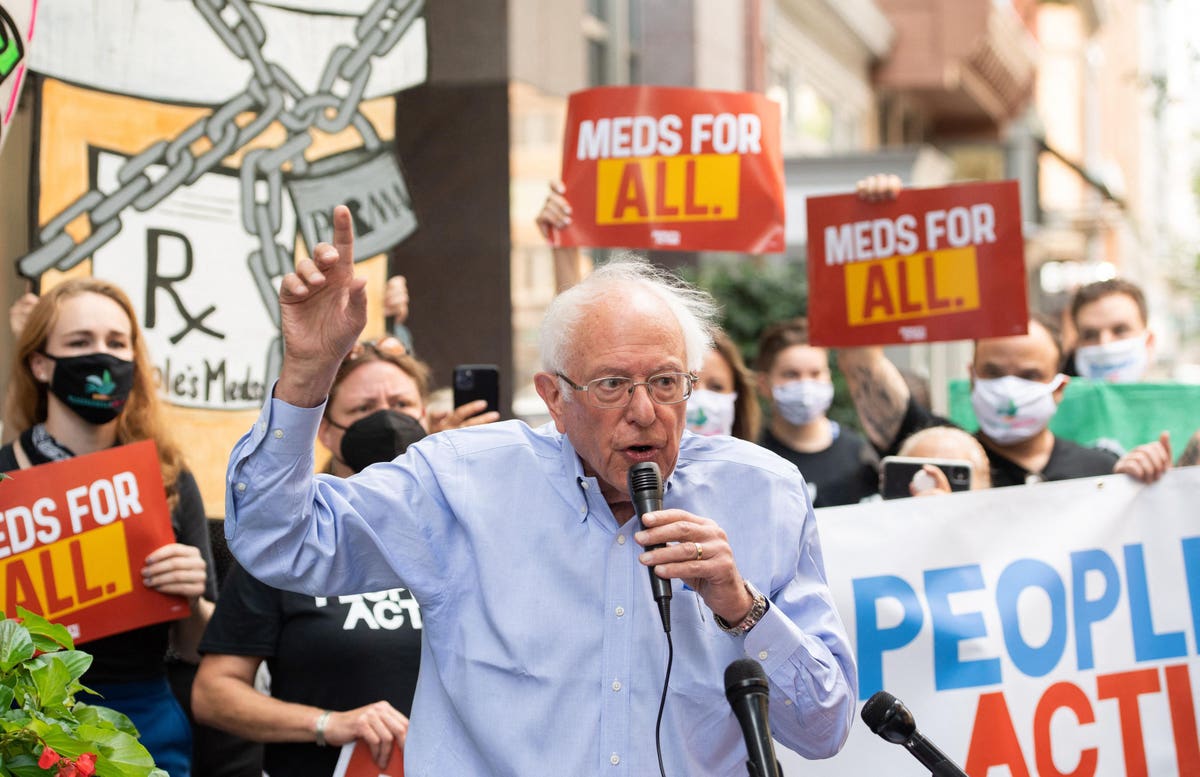Medicare is always facing a fiscal cliff. It consistently faces higher expenses every year, often worsening its outlook for the future.
In the most recent Medicare trustees’ report, a more nuanced — and slightly more optimistic view — is on hand. The near-term view is not positive, but fairer winds are blowing that are helping the insurance program for the elderly and permanently disabled, according to the Center for Retirement Research at Boston College (CRRC).
“Headlines from the 2023 Medicare Trustees’ Report focused on the program’s looming financial concerns,” a recent CRRC report stated. “But the Report itself did not contain bad news – in fact, it showed modest improvements over the prior year. And, more strikingly, the outlook is much better than it was a decade ago, even under assumptions that policymakers curb some cost controls.”
What’s the good news when the bottom line is that the Medicare hospital trust fund may be depleted by 2031? Here are a few trends to watch:
- Program costs are slowly shifting from expensive “Part A” hospital care to less costly outpatient care, mostly covered by “Part B.” The CRRC notes “The pattern of Medicare expenditures has shifted over time. In 2012, Part A was the largest component, accounting for 46 percent of total expenditures. By 2022, Part A had declined to 38 percent, reflecting a shift from inpatient to outpatient services, and spending on Part B benefits had grown to 48 percent.”
- “Obama Care” had slowed cost growth. “In the wake of the Affordable Care Act of 2010, the Medicare current-law projections have assumed a substantial reduction in the growth rate of per-capita health expenditures relative to historical experience. While such projections for government programs sometimes prove optimistic, Medicare has actually experienced slower spending growth in recent years.”
- “Parts B and D” seem to be in healthy fiscal shape. “Part B, which covers physician and outpatient hospital services, and Part D, which covers prescription drugs, are both adequately financed for the indefinite future, because the law provides for general revenues and participant premiums to meet the next year’s expected costs.
While there’s a glimmer of hope in these trends, Medicare is far from out of the woods. Health care costs in the U.S. continue to rise and there’s little action to control expenses from Washington, which needs to either increase Medicare taxes or cut benefits to bolster the program long term.
“That said,” the CRRC concludes, “Medicare does face significant financing challenges: it operates in a country with extraordinarily high health care costs and it has some serious gaps in protection.”
Washington needs to wake up and do some hard work to strengthen Medicare and Social Security. If you’re not politically active, now’s the time to engage with your congressional representatives and senators.
Read the full article here













